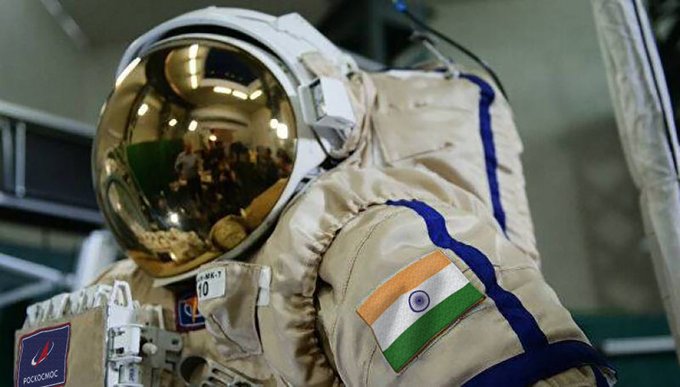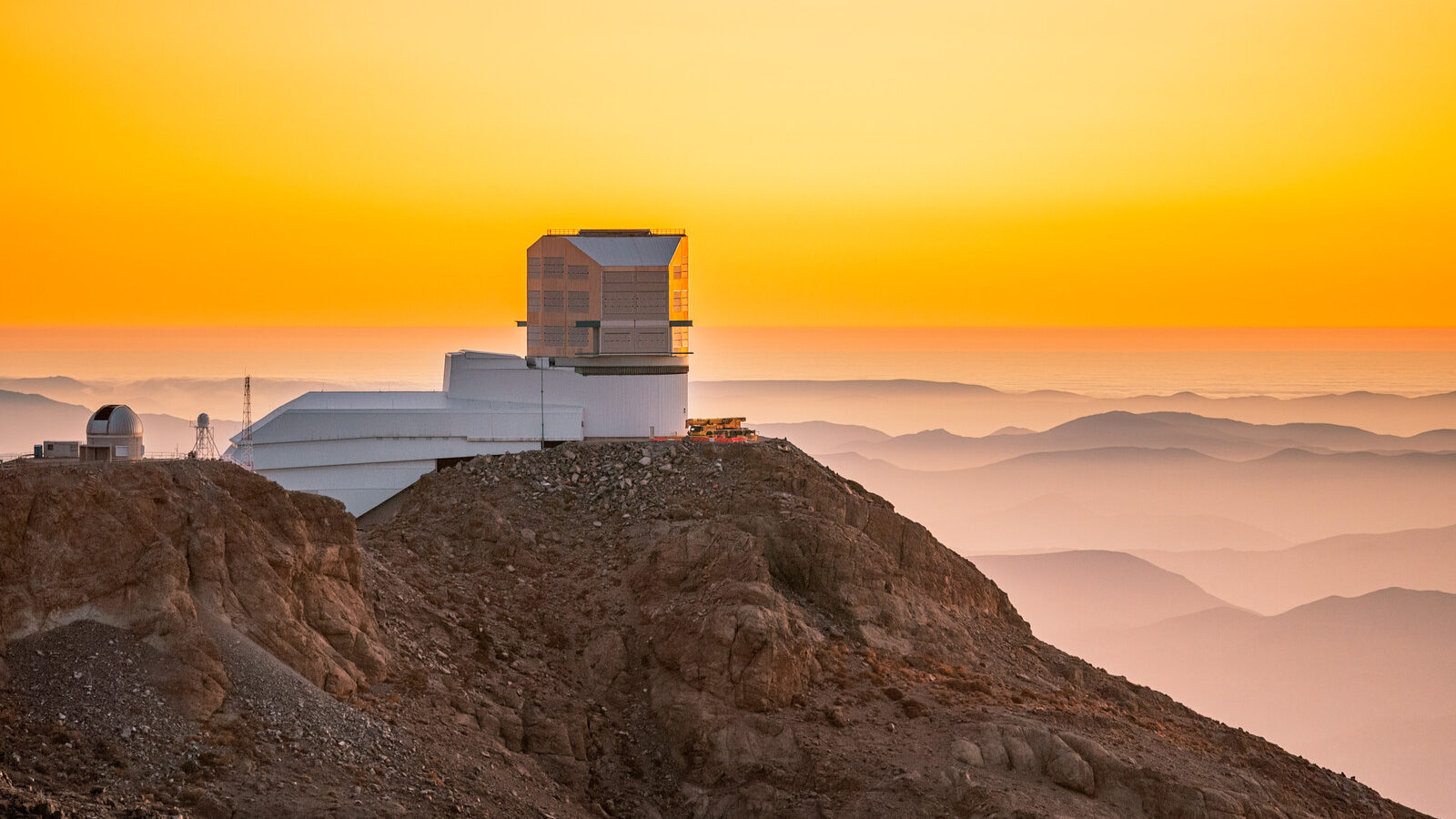
So far, sending humans into space has been limited to the space programs of only three countries: the U.S., Russia (inheriting that of the former Soviet Union), and, joining them in the 21st century, China. But a fourth is poised to follow: the Indian Space Research Organization (ISRO), India's space exploration agency.
ISRO isn't afraid to dream big. The agency's head, K. Sivan, has talked about space stations and moonwalks. ISRO hopes that the long arc toward those goals can begin with its first program of crewed missions, Gaganyaan (derived from Sanskrit, meaning "sky-vehicle"). But Gaganyaan's timetable remains murky — largely thanks to the COVID-19 pandemic.
Certainly, all the pieces are coming into place. ISRO's first four would-be space travellers recently spent about a year in Russia, familiarizing themselves on old Soyuz capsules and simulating spaceflight conditions in centrifuges and pressure chambers. Now, they've returned to India, where they'll begin training on the Gaganyaan capsule itself.
Related: India looks beyond the moon to Mars, Venus and astronaut missions
To ensure that its space travellers are in good health, ISRO in April unveiled an agreement with its French counterpart. India and France have a long history of space cooperation, and France has plenty of space medicine knowledge that it has previously brought to programs like the International Space Station.
"It is only logical that Indian flight medical professionals train and learn from the French," Mukund Kadursrinivas Rao, chief executive of the Centre for Spatial Analytics and Advanced GIS in Bangalore, India, told Space.com.
ISRO hopes that such international partnerships will help build up the technology it needs to send up humans for the long term. To wit, ISRO has unveiled Indian space food and a humanoid robot for uncrewed flights. Rao says that, closer to home in India, ISRO has tested other key aspects of Gaganyaan, such as its launch abort and re-entry systems.
Breaking space news, the latest updates on rocket launches, skywatching events and more!
But looming over all of it is the tragic specter of COVID-19; India is now reopening after a debilitating second wave of the disease. ISRO had dedicated some of its resources to helping the country's strained healthcare system — for instance, supplying liquid oxygen and medical equipment.
For the meantime, many of the agency's employees had to stay at home. "That was a difficult step, I think," Rao said, explaining that it disrupted important tasks like assembling and testing the spacecraft, activities that need to be done in person.
"There are also many industries contributing to the missions, and they too would be affected," Rao said.
Plans called for the Gaganyaan program to kick off with two uncrewed test launches, the first set for December 2020. That date has come and gone; now, it appears the first launch will occur near the end of 2021, with the second coming in 2022.
After that, the third Gaganyaan mission would carry ISRO's historic first spacefarers to orbit. At least some Indian government officials wanted that crewed launch to take off in August 2022, around the 75th anniversary of modern India's independence. But a government minister recently said it won't happen before 2023.
One piece that remains is ensuring that the spacecraft — and the spacefarers on board — are never out of contact with controllers on Earth. ISRO's ground stations are concentrated in the Indian Ocean and Southeast Asia. To patch in the rest of the globe, ISRO is planning to launch a pair of data-relay satellites. Such spacecraft will be crucial even for the uncrewed missions, according to Rao.
Gaganyaan isn't ISRO's only project to face delays. ISRO's next moon mission, Chandrayaan-3 — which seeks to put a rover on the moon after its last attempt crashed on the lunar surface in September 2019 — was scheduled to take off later in 2021. Now, it seems to have slipped into 2022.
Follow us on Twitter @Spacedotcom or Facebook.
Join our Space Forums to keep talking space on the latest missions, night sky and more! And if you have a news tip, correction or comment, let us know at: community@space.com.

Rahul Rao is a graduate of New York University's SHERP and a freelance science writer, regularly covering physics, space, and infrastructure. His work has appeared in Gizmodo, Popular Science, Inverse, IEEE Spectrum, and Continuum. He enjoys riding trains for fun, and he has seen every surviving episode of Doctor Who. He holds a masters degree in science writing from New York University's Science, Health and Environmental Reporting Program (SHERP) and earned a bachelors degree from Vanderbilt University, where he studied English and physics.
